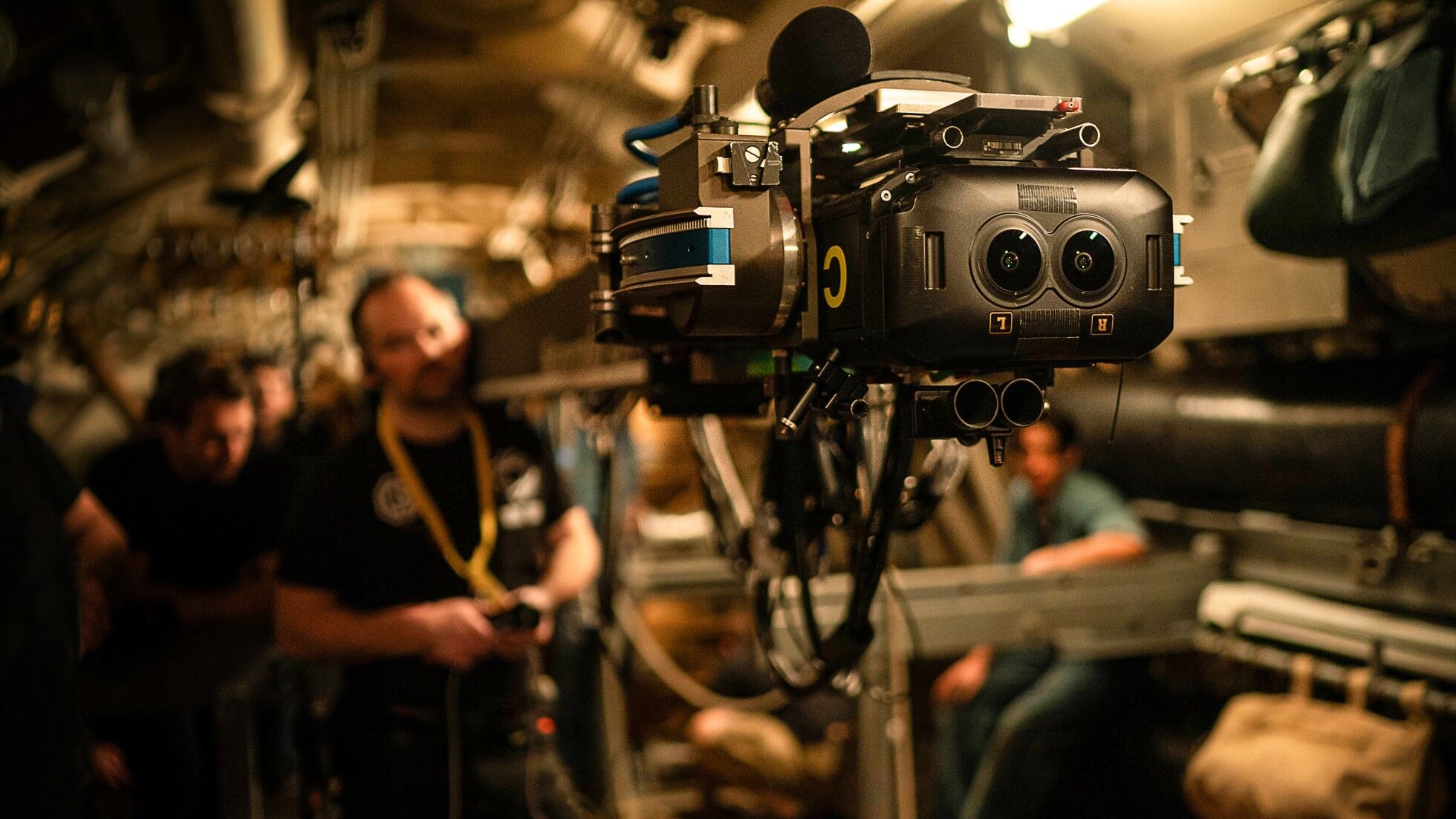The year has barely started, but the tech world has already begun another annual rotation in the form of the perennial Las Vegas consumer technology launchpad, CES2024, writes Mark Mayne.
The show historically plays a substantial role in setting the tone for the tech industry for the rest of the year, as well as highlighting progress on the key trends such as 8K, VR/XR and automotive tech, all of which tend to make a strong showing. Another key question will be around attendee numbers, which recovered post-pandemic to 115,000 visitors in 2023, according to show organiser, the Consumer Technology Association (CTA).
Here we’ll take a look through a selection of the biggest media and tech launches at the show, some of the key trends, and what impact these are likely to have throughout the coming year...
You are not signed in
Only registered users can read the rest of this article.

Touch the future: Immersive video will soon make its presence felt
As XR devices become more accessible and 6G wireless systems emerge, we’ll move from simply watching video to stepping inside it.

Securing the media supply chain: Protecting trust from lens to cloud
Today’s rapidly evolving media production technologies have enabled a new wave of creative workflows. With them comes a tsunami of corresponding infrastructure vulnerabilities.

From broadcast to braincast: A new frontier for AI-powered advertising
From neural interfaces to adaptive AR, brands may soon be capable of delivering messages that respond to real-time brain activity – creating powerful opportunities for engagement, but also raising critical questions about ethics, privacy, and trust. David Howell reports.

Can genAI unlock ad revenue for cash-strapped broadcasters?
The first AI-created adverts are coming to TV as broadcasters look to compete with social media. ITV and Channel 4 explain why they are now scaling up.

5G in broadcast: Standalone capacity to expand broadcasters' horizons
After a few years of stagnation, there are indications that 5G could soon begin to realise its considerable potential for live broadcast, writes David Davies.

.jpg)



